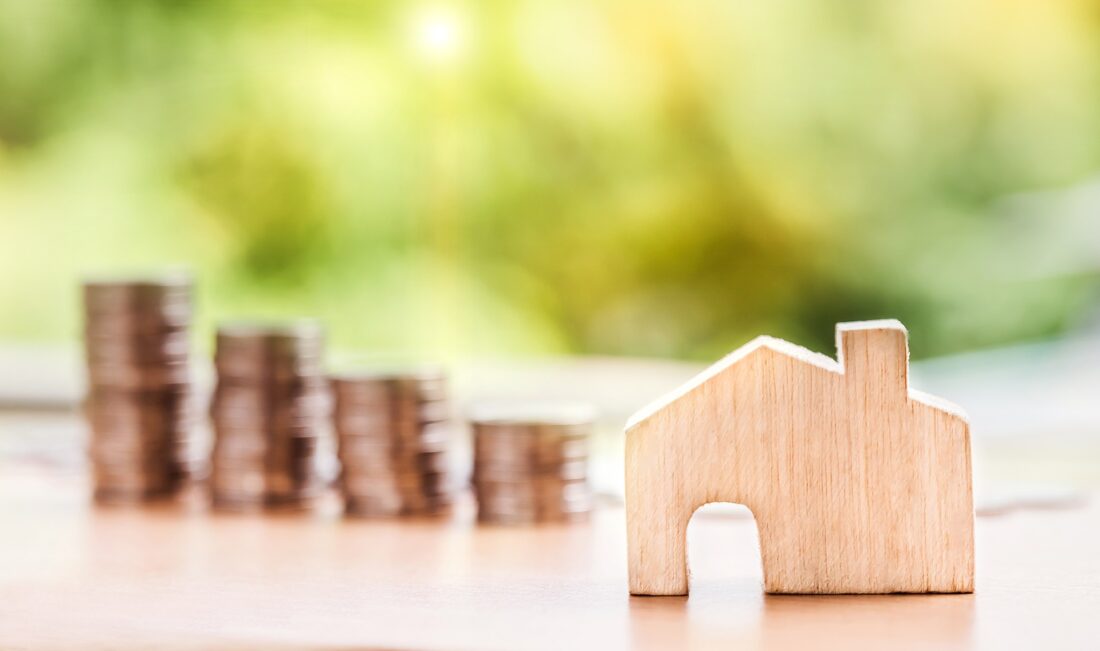
Make no mistake about it, the state of cellphone camera technology right now is insane.
In fact, it’s fair to say that the premium digital cameras which we saw on sale ten years ago would have a hard time keeping up with something like the Google Pixel XL or Samsung Galaxy S8‘s image-taking capabilities. However, serious photographers will most likely want to invest in something a little more capable. Whether you’re just looking for a point and shoot model, or you want to go full-SLR, today we’re going to walk you through a few types of camera and help you to decide which is best for you.
Standard Compact Cameras
The first thing you need to do is decide why you need a camera. If you’re just looking for a way to capture better images from your day-to-day life, consider something like a standard compact camera. The majority of these cost less than $300, feature lithium-ion batteries, LCD screens, substantial zooming capabilities, and some of them even have handy Wi-Fi connectivity features so you don’t need to back up using a PC.
Likewise, a lot of them present the user with auto-intelligence features, meaning that they’ll automatically adjust their settings to provide you with the best image possible. Something like the Sony Cyber-Shot range, or the Canon IXUS line tend to fall into the decent entry-level standard compact camera range, while providing a variety of options depending on your own specific needs.
Enthusiast Models
If you’re wanting to find a camera with the same form factor as the standard compacts, but would like to achieve something a little closer to SLR-like quality, then opting for an enthusiast model is probably a wise choice. In low-light environments, they’ll struggle to produce that same kind of sharpness, but in any other case—so long as there’s a somewhat decent source of light—you’ll likely be stunned by the output of them.
Additionally, budding photographers will be pleased to know that these units provide a more affordable way to record in the RAW format. You can also, in some cases, attach proprietary accessories as well, such as viewfinders and flash guns. However, compatibility largely depends on the camera itself.
Something like the Canon G9X will set you back somewhere between $400 and $600; this will vary depending on which retailer you go to, and which options you decide to purchase alongside the camera. However, it’s a fantastic model, having received a five-star rating from ExpertReviews, and seven out of 10 from Trusted Reviews.
DSLR Cameras
While the term “DSLR” is thrown around a lot these days, no one can blame you for not knowing what that actually means. While they did—at one time—rule the roost in terms of image quality, Digital Single-Lens Reflex models have largely been caught-up with. However, they do offer some enticing options for photography enthusiasts, not least of which is their superior quality with lenses and peripherals; the vast majority of viewfinders, additional lights, wide-angle lenses, macro lenses, and even microphones are going to work with any major-brand DSLR you pick up.
You can also expect HD video-recording capabilities to be built into the vast majority of DSLRs now available on the market, while their APS-C sensors provide them with a much-better reach than their smaller-bodied counterparts (like the above-mentioned Compact or Enthusiast Models).
In fact, full-frame cameras such as the Canon EOS 6D and Nikon D610 both offer semi-affordable ways to start taking some stunning images. With each model costing around $1,400 and $1,200 respectively (depending largely on where you look), newbie photo-bugs can now start improving their portfolios without needing to make too large an investment.
These are just a few of the options that you can consider when investing in a new digital camera. While some of them may seem to have a hefty price-tag, it’s worth remembering that you’ll get what you pay for here. Serious photographers who want to start picking up work should really start off by capturing professional-looking shots to begin attracting prospective clients. However, hobbyists will likely find very little to complain about with the lower-end models mentioned in the earlier sections of the post.

